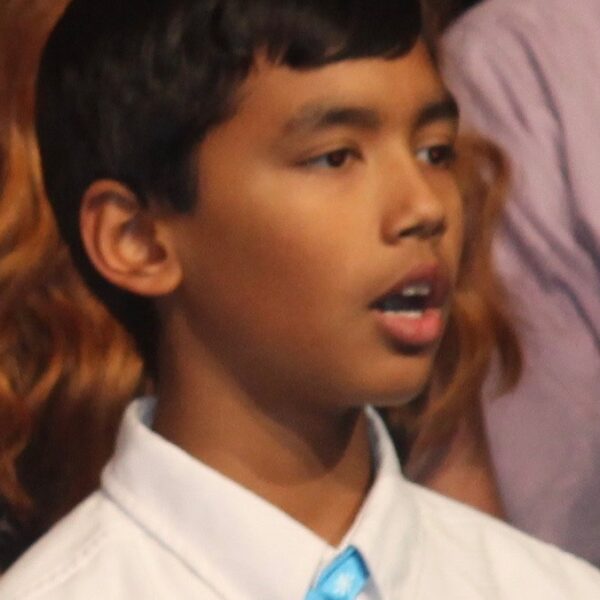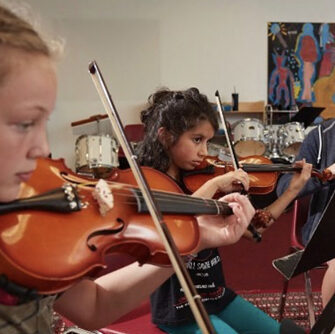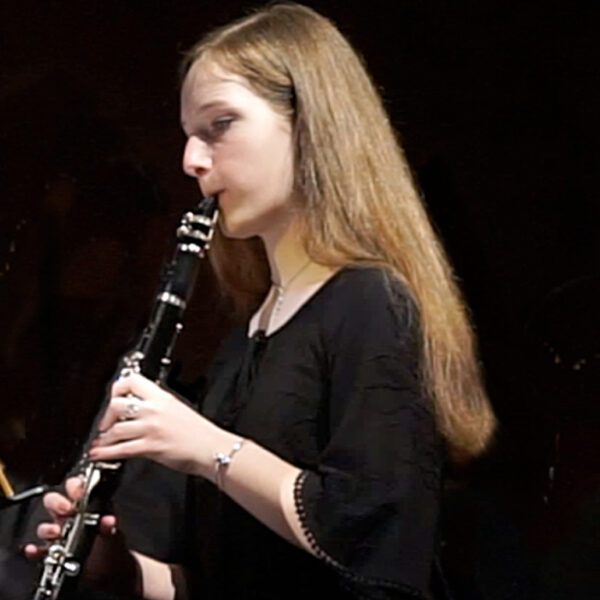The Virtual Ensemble Project! A Work in Progress!
Choir
(elementary-high school)

Strings
(elementary-high school)

Band and Jazz
(elementary-high school)

The Virtual Ensemble Project! Free music and materials for use in your class! (A work in progress)
Sponsored in part by the Library of Congress Teaching with Primary Sources (TPS) Eastern Region Program, coordinated by Waynesburg University
Hartt and SUNY Fredonia composition students participated in this grant that was awarded to the Connecticut Music Educators Association and was sponsored in part by The Library of Congress Teaching with Primary Sources Eastern Region Program, coordinated by Waynesburg University! Music education has been impacted by the pandemic. Complications to rehearsals and performance include cohorting, school schedules, audience size, and distancing when rehearsing. Technology, copyright, and a lack of available materials for teachers to use have made the creation of virtual ensembles difficult to execute.
In the spring of 2021, Hartt and SUNY Fredonia students used primary sources and music from The Library of Congress to create approximately 30 musical arrangements from the public domain, with a few arrangements also being created with permission of the copyright holder. Not only were these arrangements a welcome aid to music educators for the start of the 2021 year (and beyond), as they will be able to freely use this material online, but this collection also made a nice contribution to diversity in music education with the addition of arrangements of Amy Beach, Gena Branscombe, Scott Joplin, James Reese Europe, Ada Habershon, and Pauline Russell Browne. There are some wonderful arrangements in this collection by other composers, lesser-known, such as O.F. Berdan and A. Brand as well. Folk songs, Chopin and Sousa marches are also among the arrangements, with many of Sousa’s original scores being a part of The Library of Congress. The pandemic may have caused the biggest challenge to music education in our lifetimes, but the arrangements created by the Hartt and SUNY Fredonia students are wonderful and the future is bright with these students as our future composers!
Hartt and SUNY Fredonia students also used the Library’s materials to provide historical information about their arrangements with links to the Library of Congress primary and secondary sources. Teachers are encouraged to use these materials and the inquiry-guided search protocol with their ensembles when teaching the material. Should your ensemble need to be taught remotely or in person, you will have some wonderful materials available for use from the Library of Congress with your students! The arrangements in this collection are copyright-free for K-12 teachers to use with their students. Consider using one piece with each ensemble each semester. If your school goes remote, you will be able to create a virtual ensemble with the tools available (click on the button to the right for information on how to create virtual ensembles)
A note to teachers, should you wish to use additional materials with your students, The Library of Congress also contains some incredible recordings, lots of music in the public domain, Arts Collections and photos and letters of famous composers and performers, such as Aaron Copland. Ella Fitzgerald, and Dizzy Gillespie. Please check out the wonderful resources available for use at LOC.gov. Note that The Library does not omit music that is considered racist because that is a part of history and as music educators, this helps us all to understand what it was like to live in certain time periods, and to have a glimpse of the struggles that minority artists and composers encountered. Guidance as to the nature of the collections should be shared with students should older students use the Library of Congress for research.
The arrangements, accompanying information, and links to the Library of Congress archives are now posted to the CMEA website! Additionally, public domain music taken directly from the Library of Congress has been put into programs for teachers to use as well. The collection created by student volunteers includes chamber music and silent film music, newly in the public domain, and not even yet cataloged at The Library of Congress! This music was played by orchestras to silent films with headings such as Hurry, or Storm. When a section in the film happened such as a hurry scene, corresponding music would be played. Think of the possibilities of having your orchestra record this music for use with virtual plays, or student iMovies!
Materials have been posted for composition teachers to use with their students on how to create arrangements. Check out the student arrangers’ and their professors’ bios. Should you use an arrangement, you may even find an arranger willing to meet with your ensemble for a virtual Q and A session! Also, check out the video on how to teach using primary sources. Teach your students how to play the arrangement and then teach them about the music online at The Library of Congress!
Thanks to all who helped! Especially…
Thanks to Rob Deemer, Gilda Lyons and all of the talented composition students and their professors from the Hartt School and SUNY Fredonia for their contributions to music education!
Thanks to CMEA Executive Director, Barbara Skrebutenas, CMEA President, Dr. Jason Bouchard and The Connecticut Music Educators Association for their support of The Virtual Ensemble Project.
Thanks to Anthony Susi for his expertise and suggestions.
Thanks to Lynn Tuttle, TPS Consortium Member and former Director of Public Policy, Research and Professional Development for The National Association for Music Education, and to Dr. Johanna Siebert, Consultant for Music Solutions Group, NAfME. for their hours of dedication, without which The Virtual Ensemble Project would not have come to fruition.
Thanks to Pinkzebra Music for their collaboration, and thanks to the students, graduates, and administration of The Independent Day School in Middlefield, Connecticut!
Thanks to our high school volunteers.
Thanks to the amazing librarians at the Library of Congress.
Special thanks to Barbara Kirby, Sue Wise, Ann Canning, Gay Thistle, Jen Hanson, Kevin Leisten and all of the Teaching with Primary Sources Eastern Region Program Instructors from Waynesburg University for their help and guidance for The Virtual Ensemble Project.
Jane Mills, The Virtual Ensemble Project Director, Janekmills330@gmail.com
OUR SUPPORTERS






